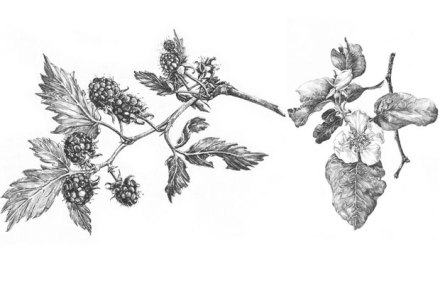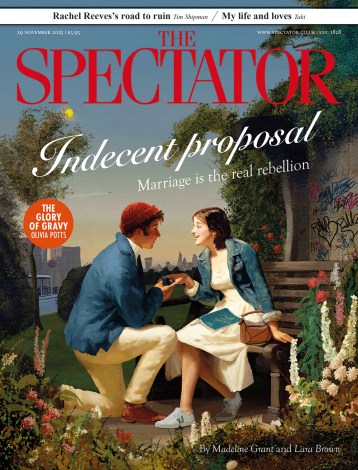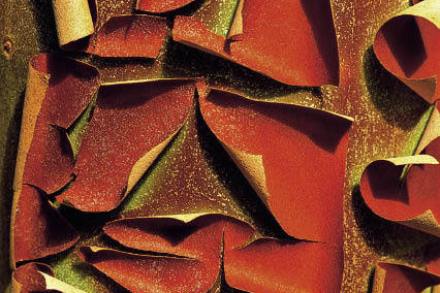Warning: the beautiful trees in this book may very soon be extinct
John Evelyn (1620–1706) was not only a diarist. He was one of the most learned men of his time: traveller, politician, town-planner, artist, numismatist, gardener and opponent of air pollution. He was a founder of the Royal Society and gave one of its first presentations, which was expanded into Sylva, or a Discourse of Forest-Trees







